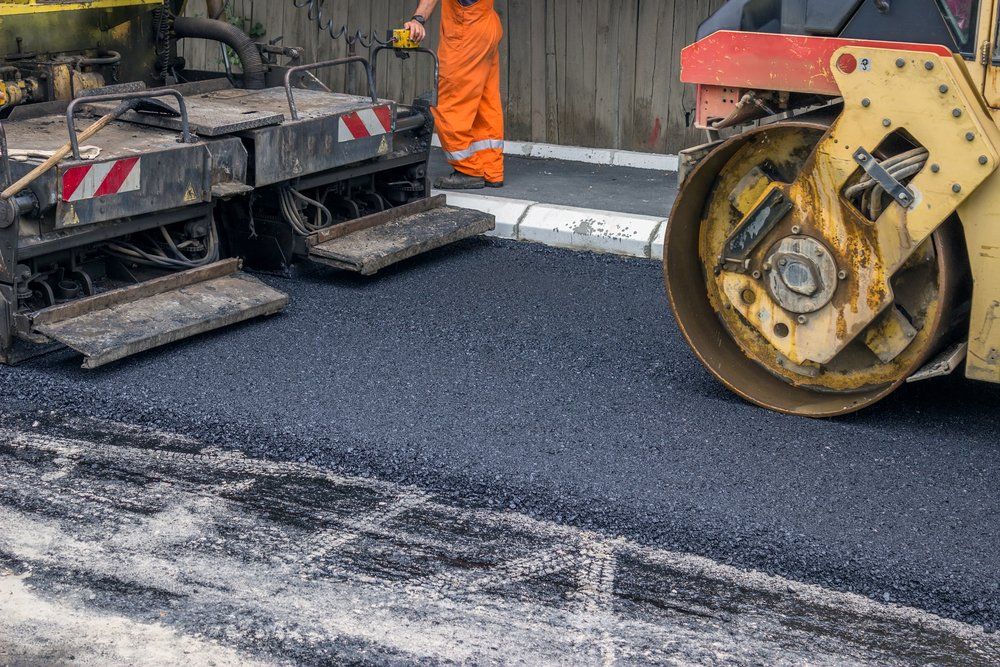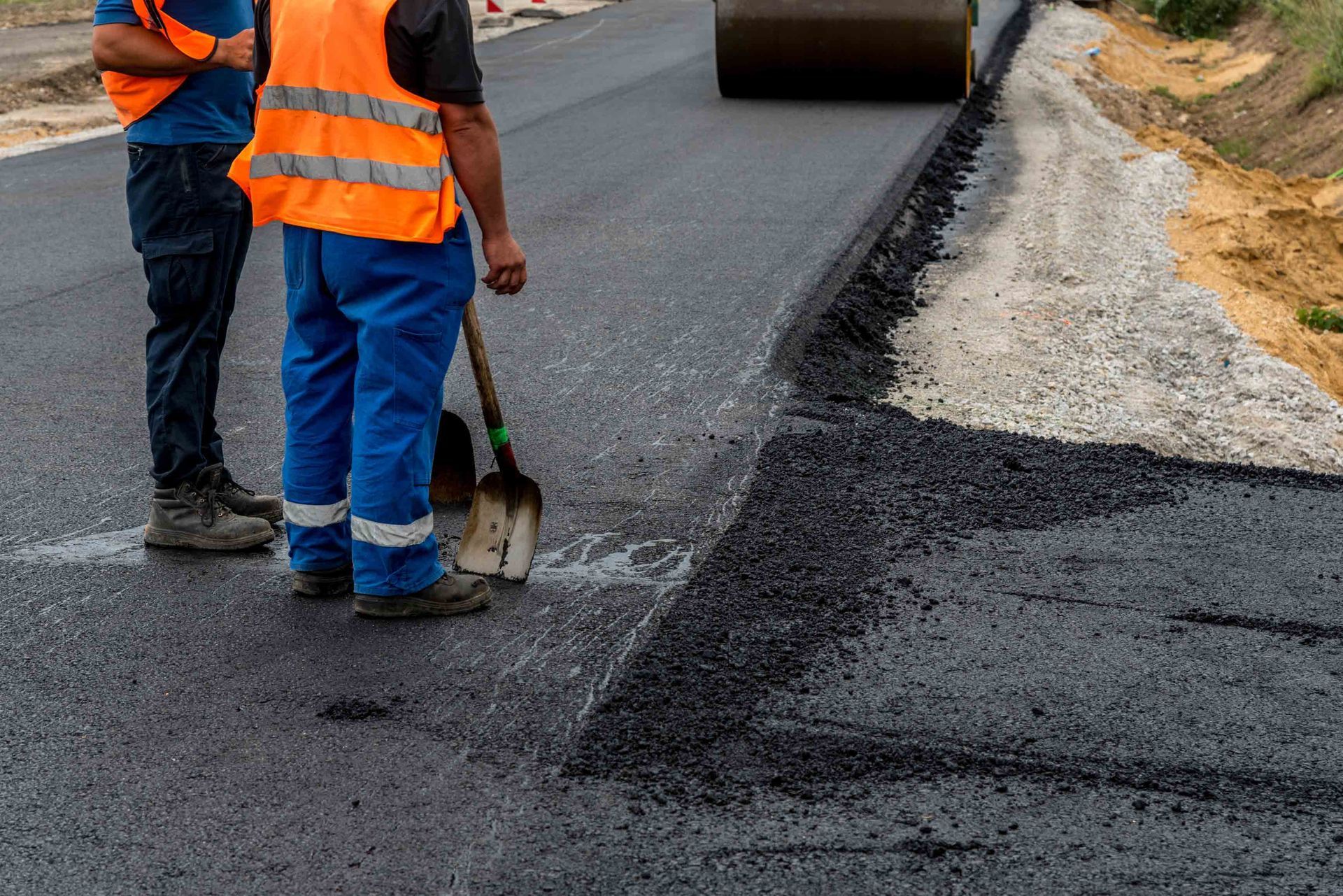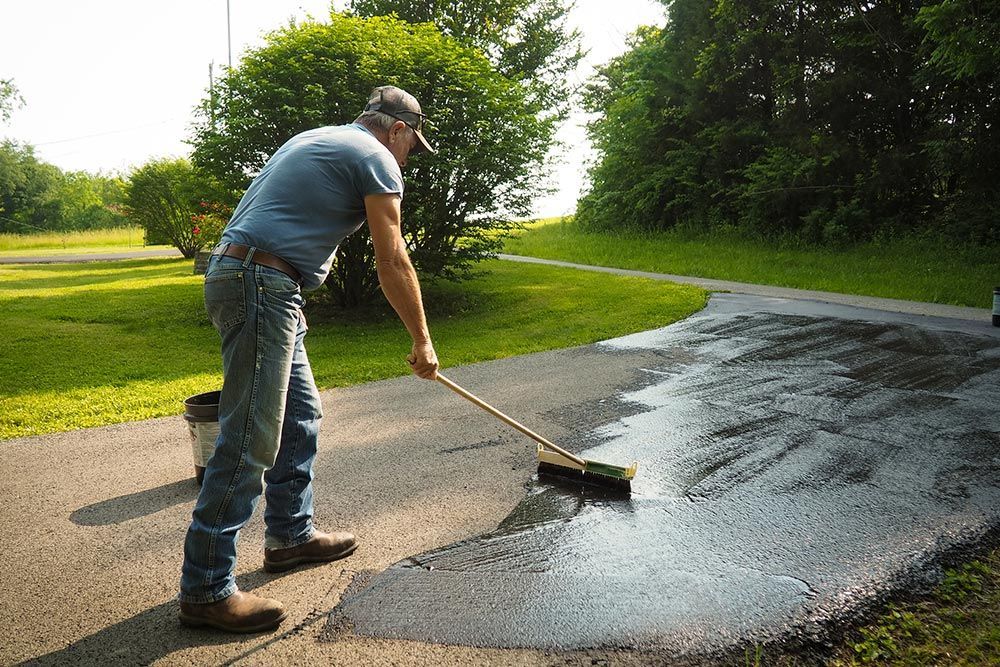SealAsphalt Cracks the Right Way | SealtechAsphalt
Asphalt continues to be one of the most popular paving options for both residential and commercial purposes - and for good reason. Asphalt
possesses an unbeatable durability,as well as sleek good looks. Of course,an asphalt surface may still develop problematic cracks as time goes
on.
Fortunately, cracks can be easy to deal with, provided you have a professional attend to them quickly. This article will cover information about
how an asphalt contractor can eliminate problems caused by cracks. Specifically, it will outline three of the most important factors when it comes
to asphalt crack sealing.
1
. Use the Appropriate Crack Sealant
Asphalt crack repair involves filling up the crack with a flexible, stable, and long lasting sealant. Many people out side the asphalt industry assume
that only one type of crack seal ant exists. Actually, a large variety of sealants can be found on the market today. Using a less appropriate sealant
increases the risk of the crack opening back up as time goes on.
An experienced asphalt contractor understands the various factors that must be considered when selected the appropriate sealant for a job. These
factors include the work ability of the sealant, its cure time, its level of adhesiveness,and its general resistance to softening when exposed to heat
and light.
Likewise, the elasticity of the sealant plays a large factor. Cracks that may continue to grow or separate require that a more elastic sealant be
used. A more rigid sealant, on the other hand, will easily pull away from the walls - or develop cracks of its own - as the asphalt continue to shift.
Finally, the sealant's ability to resist wear and abrasion must betaken into consideration. If the crack being sealed happens to lie in the middle o fa
high- traffic roadway, a tougher, more resistant sealant must be selected. By contrast, wear resistance won't be as huge of a factor for cracks that
lie in less traveled areas, such as the edge of a residential driveway.
2. Prepare the Site Carefully
No matter how wells elected a sealant, it won't last long unless the crack has been adequately prepared. Any loose material must be swept clear.
Likewise,any plants growing in or around the crack must be thoroughly removed. Proper result scan only be achieved if the crack in question is
clean and dry.
Professional asphalt contractors often prepare asphalt cracks using a tool alternately known as either a heat lance or a hot air lance. As the latter
name suggests, this tool uses a stream of exceedingly hot air to scour out the inside of the crack.
The temperature of a hot air lance may be as great as 3,000 degrees Fahrenheit. The combination of high temperature and pressurized air allows
a heat lance to achieve three key goals.
First, the heat lance removes any water from the inside of the crack - literally boiling it out of existence. Second, it burns out any organic matter.
Third, it heats up the surrounding asphalt. By decreasing the temperature difference between the asphalt and the sealant, a stronger and more
lasting repair can be ensured.
3. Preheat the Sealant
Many asphalt sealants must be applied at certain temperatures. In other words, like asphalt itself, the sealant must be brought to an appropriate
temperature before application. This heating takes place inside of the sealant melter. Most sealants must be heated to between 350 and 410
degrees Fahrenheit.
An experienced asphalt contractor understands the importance of preheating asphalt sealant. They will ensure that application temperatures are
kept within the manufacturer's specified range. This increases the chances of a strong bond forming between the sealant and the walls of the
crack.
Dealing with asphalt cracks
quickly and correctly extends the life of an asphalt surface. Fora better understanding about what it takes to get this
job done the right way,contact the paving pros at Sealtech Asphalt.










